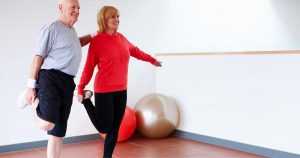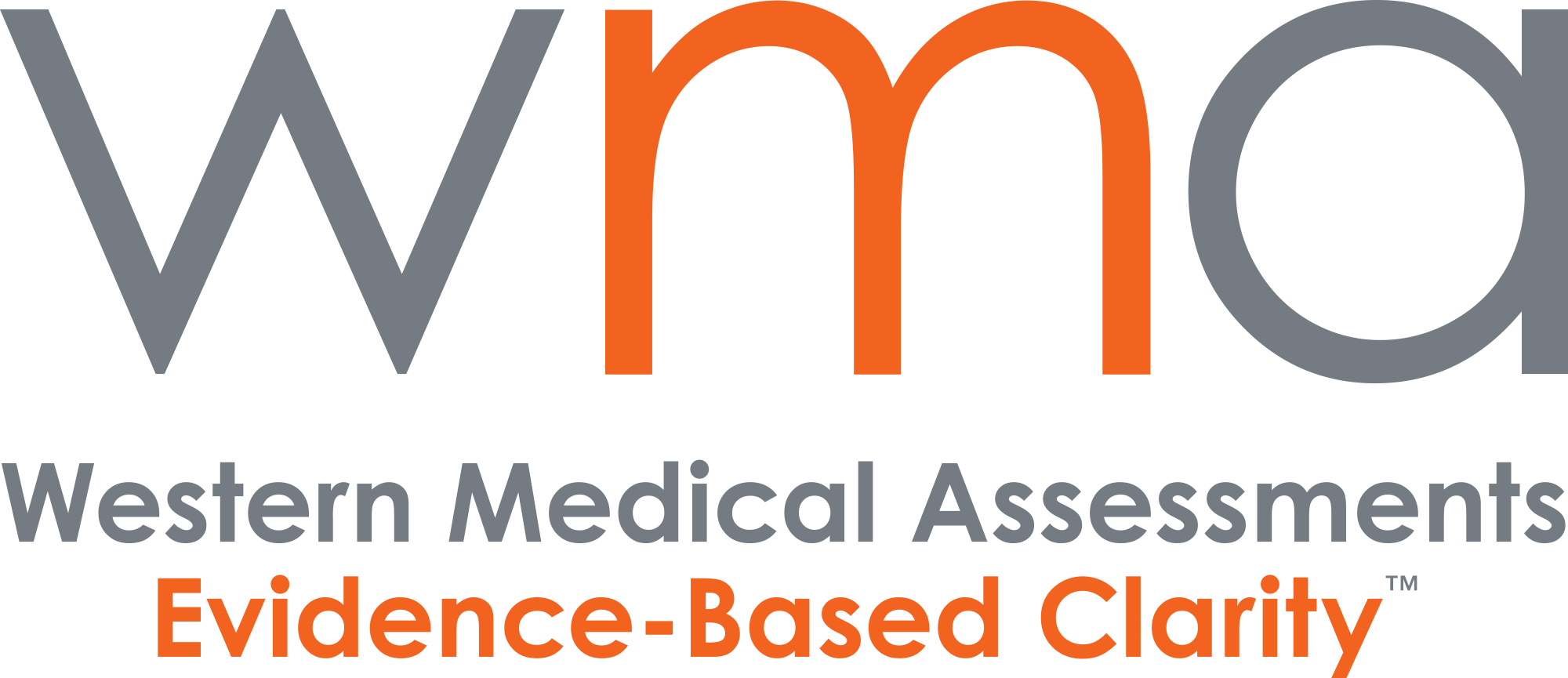October 23, 2024 from Medscape

How Your Balance on One Leg Can Reveal Signs of Aging
Aging is often perceived as a gradual decline in physical abilities, but recent research shows that certain abilities may drop off more suddenly. A recent study published in PLOS One revealed that balance, measured by how long an individual can stand on one leg, could provide an unexpectedly clear indicator of age-related decline.
The study, “Age-Related Changes in Gait, Balance, and Strength Parameters,” assessed the balance and strength of 40 individuals, half under age 65 and half over 65. Results showed that balance — especially when standing on one leg — strongly correlated with age. Younger participants could easily balance for 10 seconds or more, while older individuals often struggled to reach 2 seconds, particularly on their nondominant leg. Dr. F. Perry Wilson of Yale School of Medicine notes, “The strongest correlation between any of these metrics and age was a simple one: How long can you stand on one leg?”
The Science Behind Balance and Aging
This age-related balance decline appears to happen sharply around age 65. Dr. Wilson explains, “It might be that you’re able to stand on one leg as long as you want until, one day, you can’t.” This abrupt shift suggests that balance and strength may be reliable indicators of age-related decline in musculoskeletal health.
The study used a pressure plate to measure the sway of each participant standing with eyes open and then closed, finding that sway increased with age. In practical terms, this increased sway means that maintaining balance becomes harder as the body ages, which might contribute to the increased risk of falls in older adults.
Implications of Balance Decline
Standing on one leg incorporates both balance and strength, making it a potential marker for physical decline. “It really integrates balance and strength in a way that the other tests don’t,” says Dr. Wilson. However, he cautions that, while improving your one-leg balance time might be achievable with practice, this doesn’t necessarily translate to better overall health — a phenomenon he likens to “teaching to the test.”
As our understanding of aging and physical health evolves, metrics like these could become useful tools for assessing age-related physical decline. For now, though, balance remains an intriguing, if imprecise, measure of our biological age.
=================================================================
Considering an IME or document review to resolve an insurance claim, legal file, or workplace health and safety issue?
Our specialists provide evidence-based opinions, so get in touch with Western Medical today to learn more about our services.

